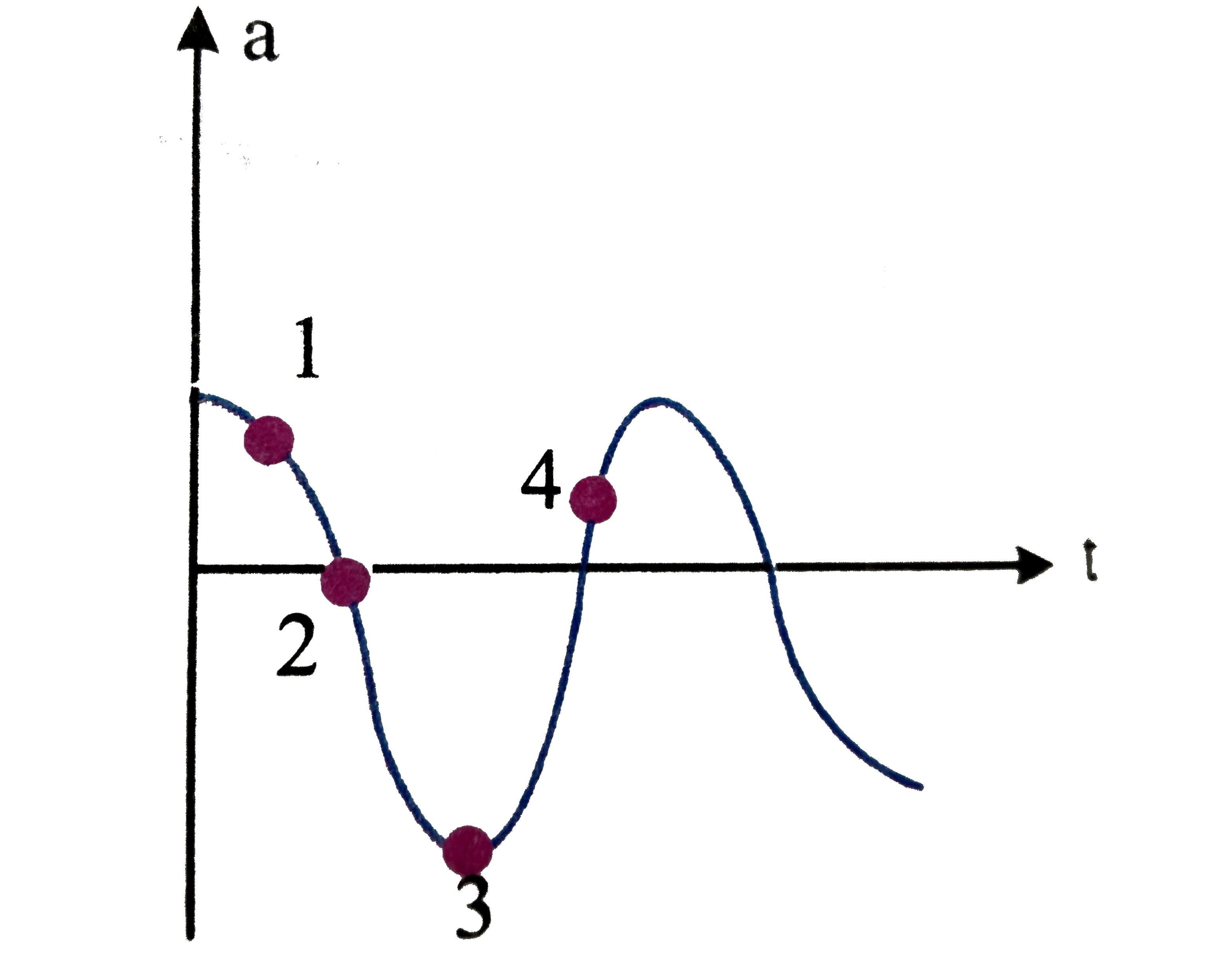In SHM at the equilibrium position
(i) displacement is minimum
(ii) acceleration is zero
(iii) velocity is maximum
(iv) potential energy is maximum
all are true
ii,iii,iv are true
ii,iii true
i,ii,iv true
The correct Answer is:C
Step by step video, text & image solution for In SHM at the equilibrium position (i) displacement is minimum (ii) acceleration is zero (iii) velocity is maximum (iv) potential energy is maximum by Physics experts to help you in doubts & scoring excellent marks in Class 11 exams.
Topper's Solved these Questions
- BOOK - NARAYNACHAPTER - OSCILLATIONSEXERCISE - LEVEL -I (C.W)34videos
OSCILLATIONS
- BOOK - NARAYNACHAPTER - OSCILLATIONSEXERCISE - LEVEL -II (C.W)36videos
OSCILLATIONS
- BOOK - NARAYNACHAPTER - OSCILLATIONSEXERCISE - EXERCISE - IV41videos
OSCILLATIONS
- BOOK - NARAYNACHAPTER - NEWTONS LAWS OF MOTIONEXERCISE - PASSAGE TYPE QUESTION6videos
NEWTONS LAWS OF MOTION
- BOOK - NARAYNACHAPTER - PHYSICAL WORLDEXERCISE - C.U.Q10videos
PHYSICAL WORLD
Similar Questions
Knowledge Check
- Question 1 - Select One
In S.H.M. maximum acceleration is a
AAmplitudeBEquilibriumCAcceleration is constantDNone of these - Question 2 - Select One
Acceleration -time graph of a particel executing SHM is as shown in fig. Then
(i) displacement of particle at 1 is -ve
(ii) velocity of particel at 2 is +ve
(iii) potential enegry of particel at 3 is maximum
(iv) speed of particel at 4 is decreasing.
 Aonly i, ii, are correctBonly i,iii,iv are correctConly ii,iii,iv are correctDall are correct
Aonly i, ii, are correctBonly i,iii,iv are correctConly ii,iii,iv are correctDall are correct - Question 3 - Select One
In a simple harmonic motion
(i) the maximum potential energy equal the maximum kinetic energy
(ii) the minimum potential energy equals the minimum kinetic energy
(iii) the minimum potential energy equals the maximum kinetic energy
(iv) the maximum potential energy equals the minimum kinetic energyA(i),(ii)B(i),(iii)C(ii),(iii)D(i), (iv)
An object performs S.H.M. of amplitude 5cm and time period 4s at t=0 the object is at the centre of the oscillation i.e., x=0 then calculate.
(i) Frequency of oscillation , (ii) The displacement at 0.5s
(iii) The maximum acceleration of the object , (iv) The velocity at a displacement of 3cm.View SolutionA particle executes S.H.M. of amplitude A . At what positions of its displacement (x), will its acceleration be zero and maximum ?
View SolutionA 2.5 kg collar attached to a spring of foce constant 1000 Nm−1 slides without friction on a horizontal rod. The collar is displaced from its equilibrium position by 5.0 cm and released. Calculate (i) the period of oscillation (ii) the maximum speed of the collar and (iii) the maximum acceleration of the collar.
View SolutionAssertion: In a simpleharmonic motion the kinetic and potential energy becomes equal when the displacement is 1√2 time the amplitude
Reason: is SHM kinetic energy is zero when potential energy is maximumView SolutionThe ratio of maximum acceleration to the maximum velocity of a particle performing S.H.M. is equal to
View Solution

